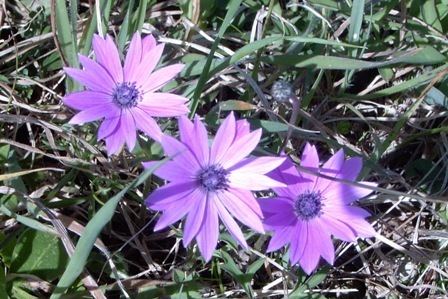Rank Species | Genus Anemone Higher classification Anemone | |
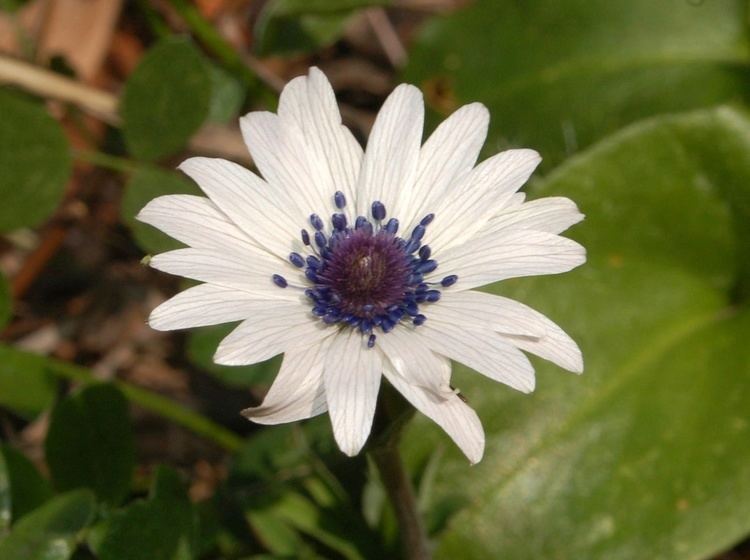 | ||
Similar Anemone, Ranunculaceae, Anemone apennina, Anemone trifolia, Anemone baldensis | ||
Anemone hortensis, commonly called broad-leaved anemone, is a perennial herbaceous plant with an underground rhizome, belonging to the genus Anemone of the Ranunculaceae family. The genus name comes from the Greek ἄνεμος (ánemos, meaning "wind"), as an ancient legend tells that the flowers open only when the wind blows. The species name hortensis (from Latin hortus, meaning "vegetable garden") refers to the easiness with which this plant can be cultivated.
Contents
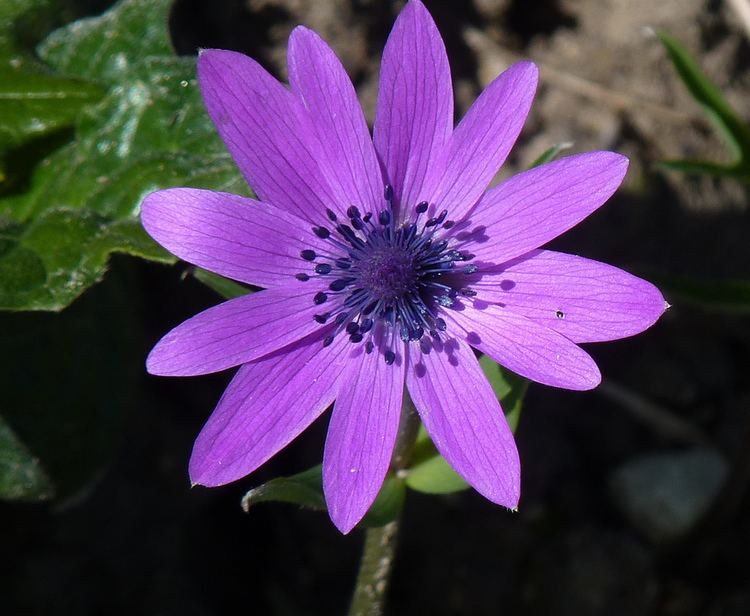
Description
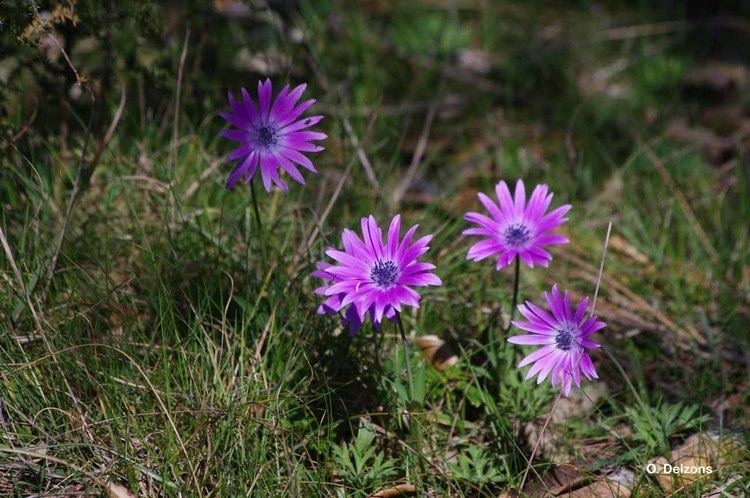
Anemone hortensis reaches on average 20–40 centimetres (7.9–15.7 in) of height. The stem is erect and pubescent. The basal leaves have a petiole 5–10 centimetres (2.0–3.9 in) long and are palmate or “hand-shaped”, with 3-5 toothed lobes. The solitary flowers are fragrant and range in color from white-bluish or mauve to red-purple, with a diameter of 3–6 centimetres (1.2–2.4 in). They have 12-20 lanceolate and acute petals, with numerous bluish or violet stamens and blue anthers. The flowering period extends from March through May. This plant is pollinated by wind or dispersed by animals.
Distribution

This plant is endemic to Mediterranean basin and it is distributed in France, Italy, Greece, Albania, Bulgaria, Serbia, Croatia and Macedonia.
Habitat
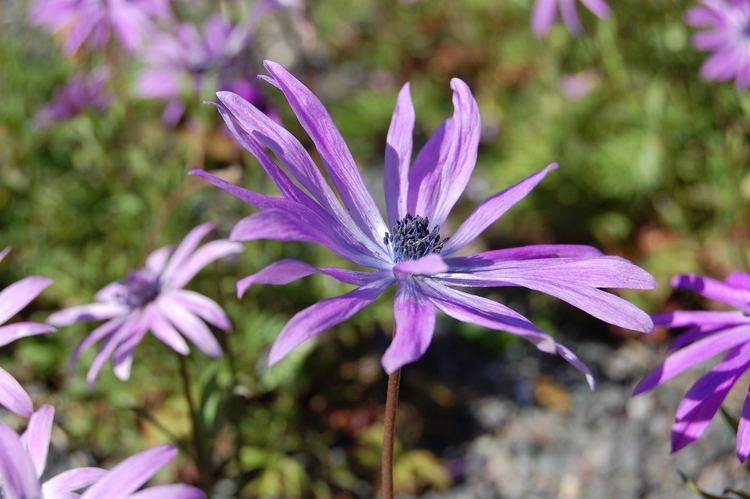
These plants grow at an altitude of 0–1,200 metres (0–3,937 ft) above sea level (rarely up to 1,800 metres (5,900 ft)). They are found in woods, vineyards, lawns and bushes.
